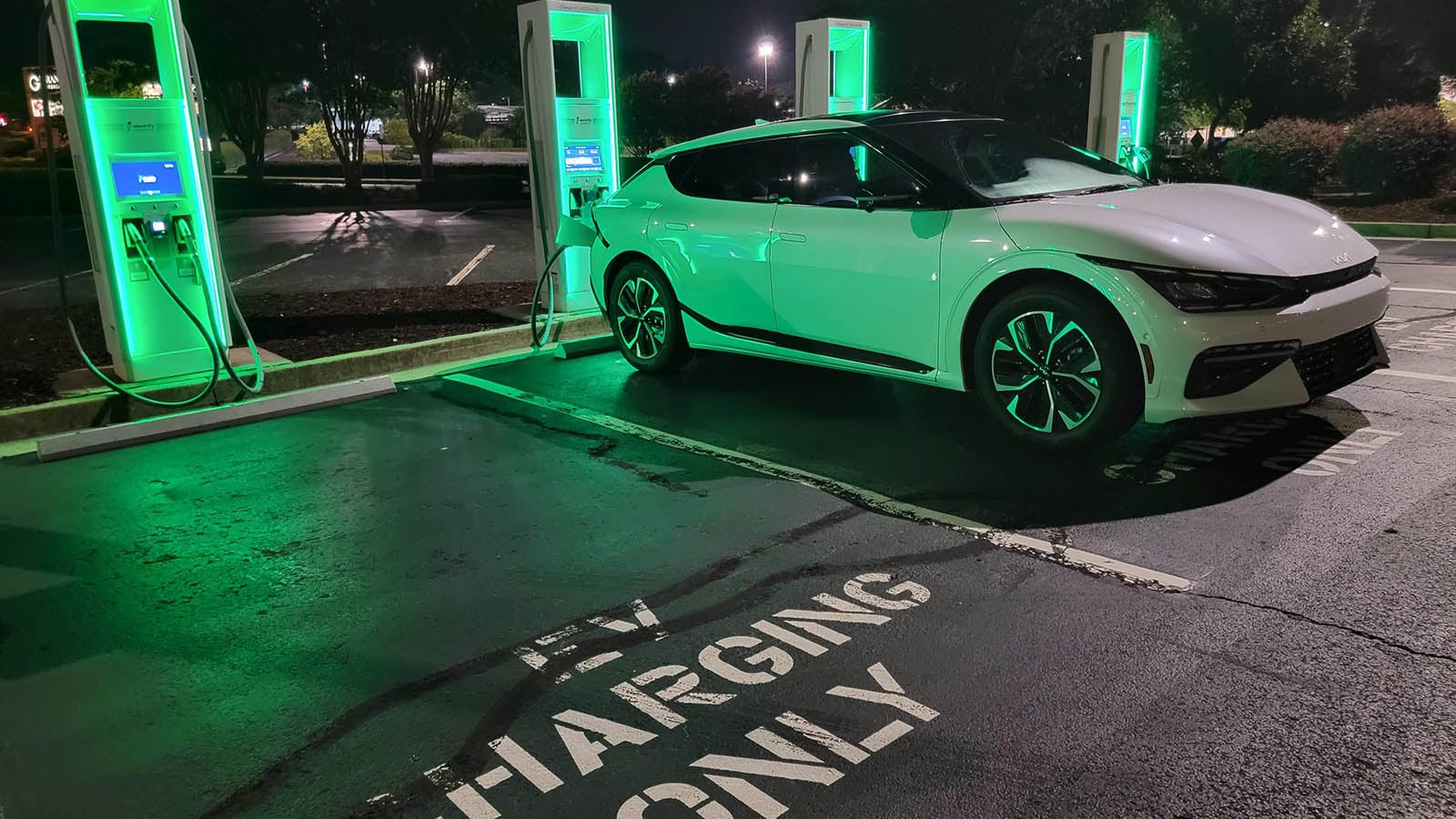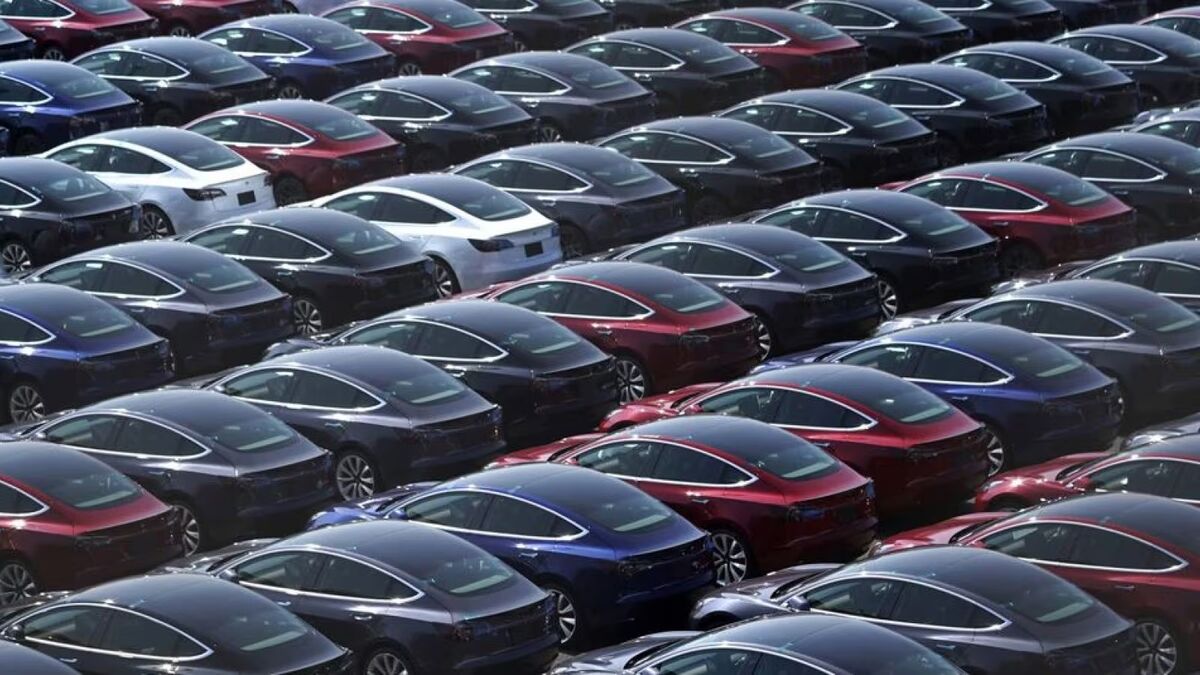When Congress rewrote the system governing federal tax credits for electric vehicle purchases, they made a change few noticed at the time that will alter how many Americans car shop in 2024. Starting Jan. 1, eligible buyers can transfer the tax credit to the dealership.
That means the credit can be used as a down payment on a new car.
No More Waiting for Tax Season
In 2023, buyers must wait until they file taxes to claim the credit. Buyers can claim up to $7,500. Half the credit becomes available if both the car and the battery are mostly assembled in North America. For the other half, minerals used in the battery must originate in the U.S. or certain partner countries.
Related: How Do Federal EV Tax Credits Work?
The list of eligible vehicles changes regularly as automakers shift their supply lines for critical battery minerals. Those minerals are growing cheaper as the EV push forces global supply chains to evolve.
Dealers Worried About Timing
Industry publication Automotive News reports that some dealers worry about how quickly transfers will come their way. Tyler Slade, operating partner at Tim Dahle Nissan Southtowne in suburban Salt Lake City, told the publication, “You’re going to have plenty of dealers that aren’t going to be comfortable with that risk … waiting for the government to pay.”
Ohio dealer Michelle Primm explains, “Car dealers are asset-rich and cash-poor. Cash flow is something we look at every single day in a car dealership.” Many remember waiting months for the government to reimburse them during the 2009 “cash for clunkers” rebate program. That program gave buyers up to $4,500 to trade in older cars for newer, more fuel-efficient models.
The National Automobile Dealers Association says it is working with the IRS to ensure this program’s payment system is “as streamlined as possible.”
But, for buyers, the news is less problematic. Starting in January, you can negotiate for many new electric cars with the knowledge that Uncle Sam will provide a down payment on your new purchase.








